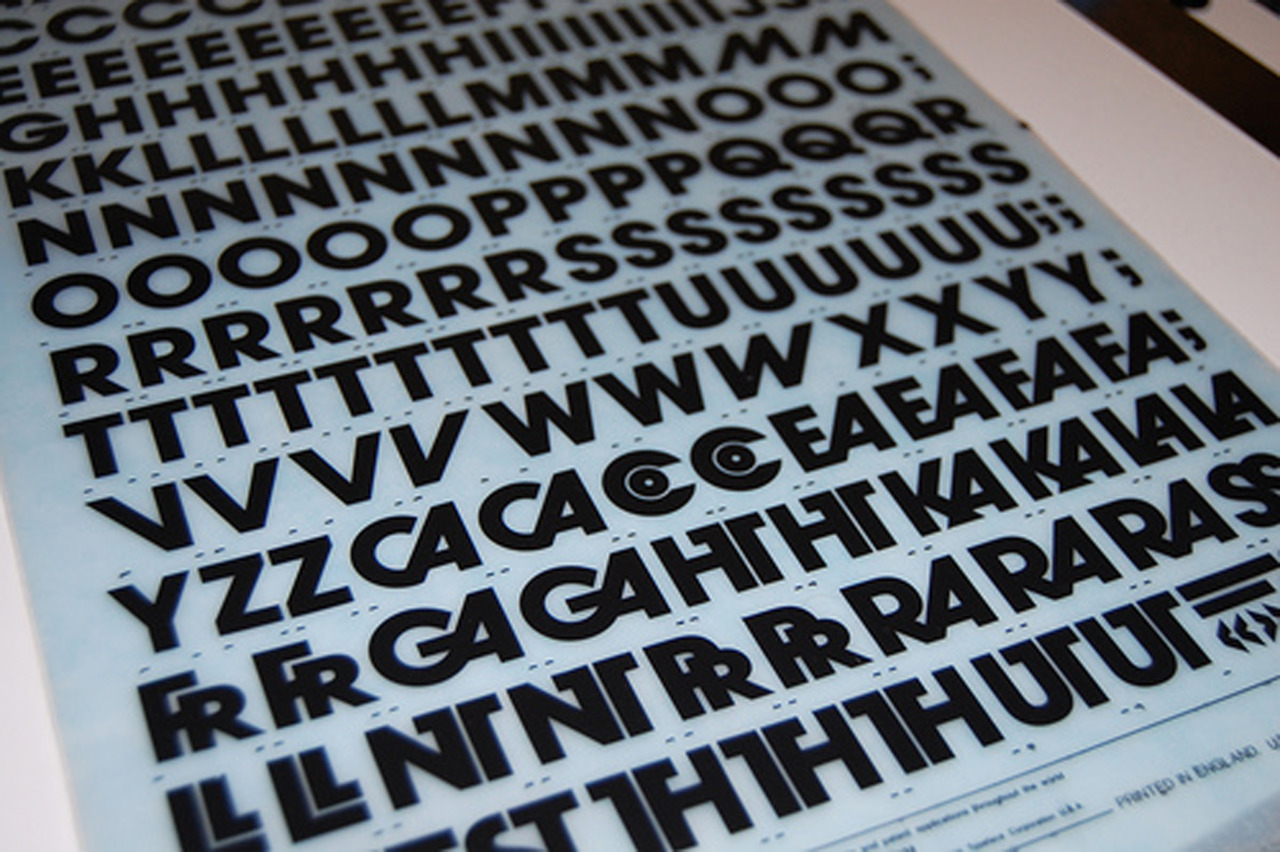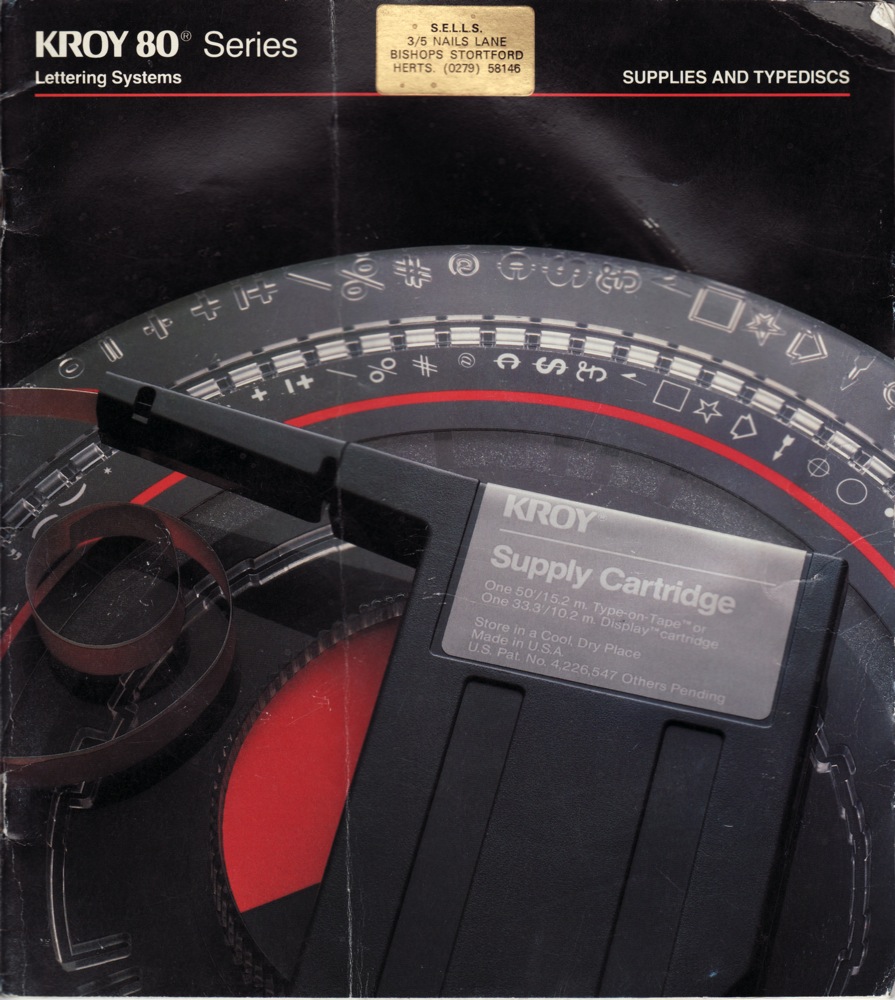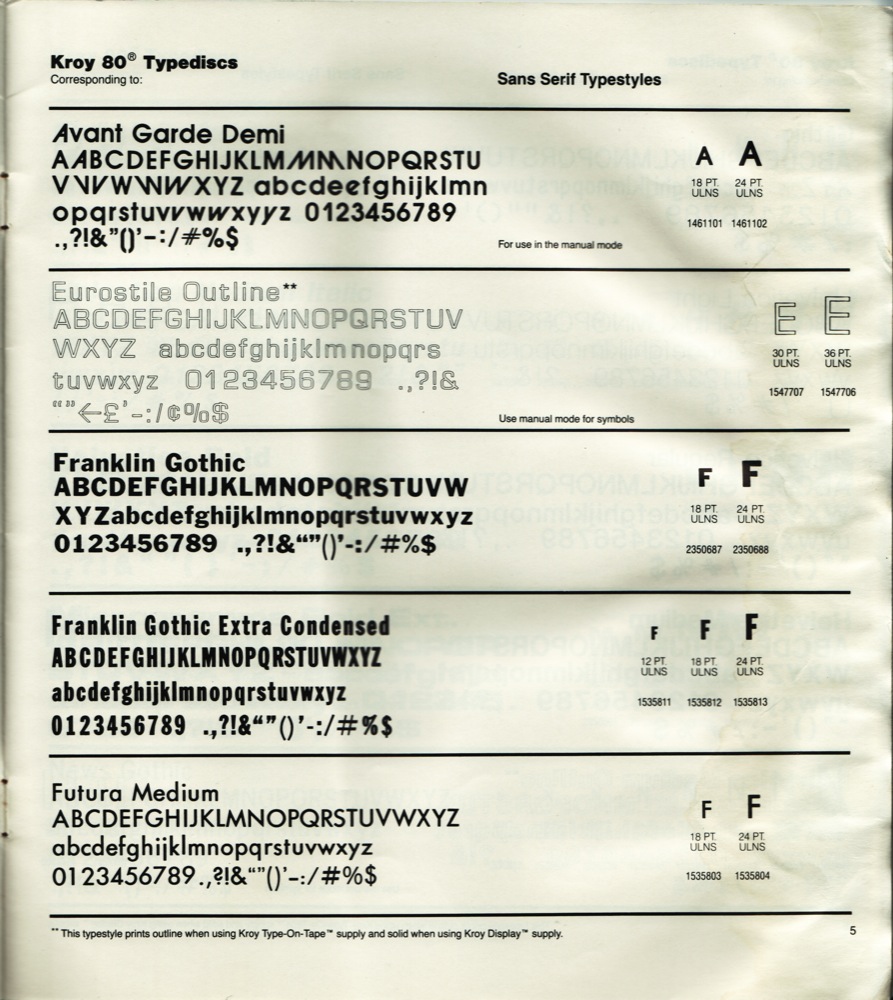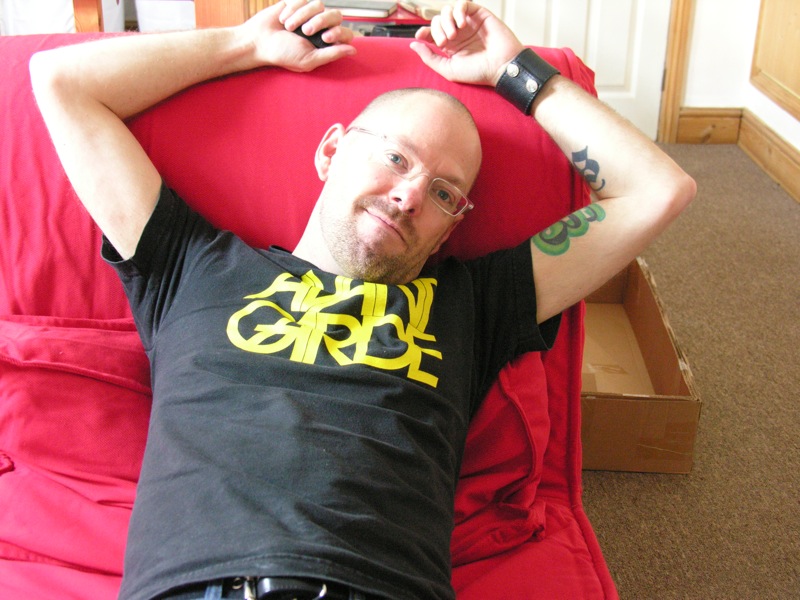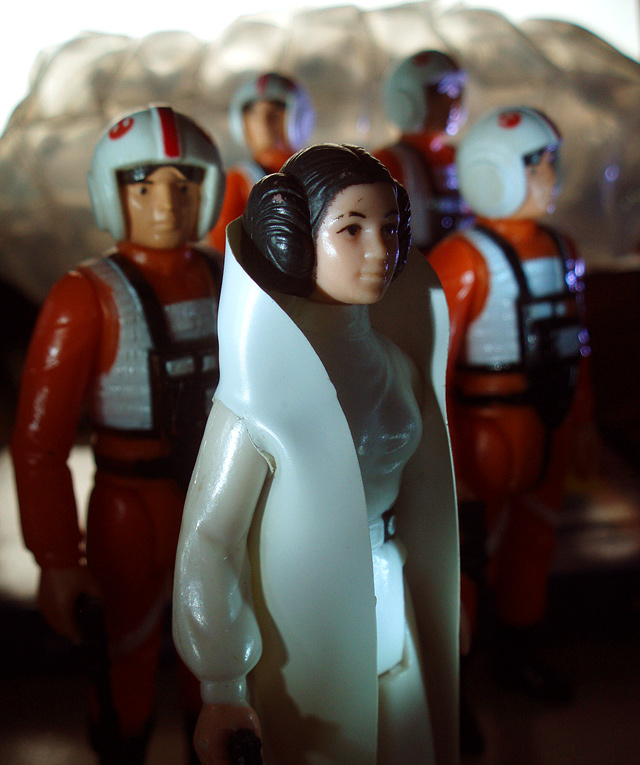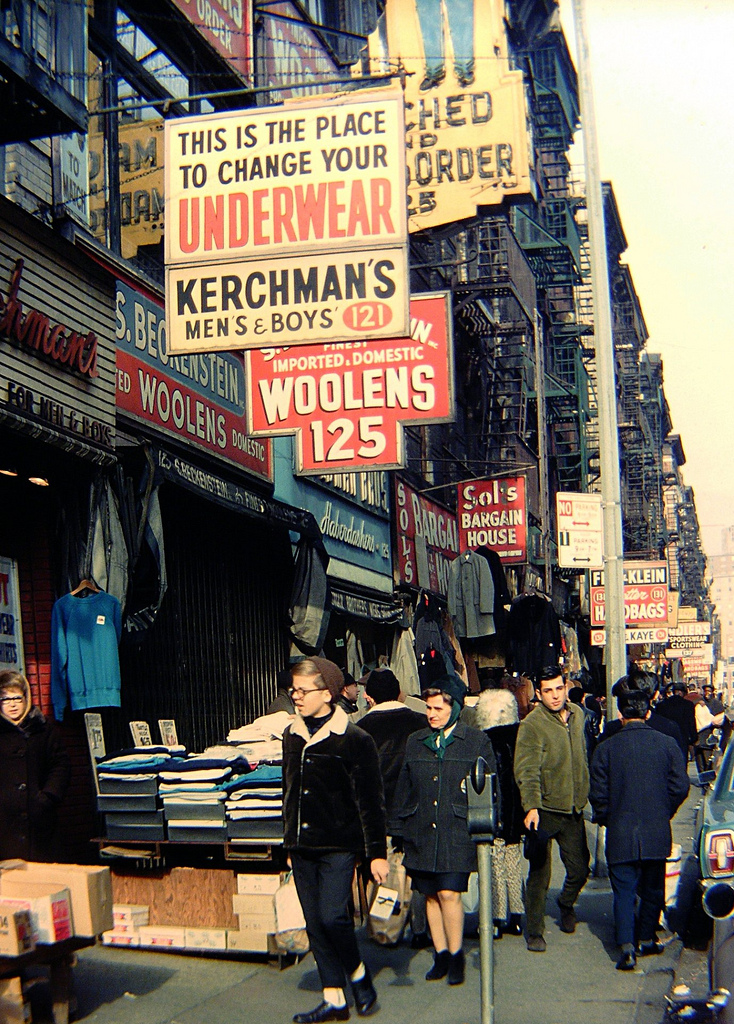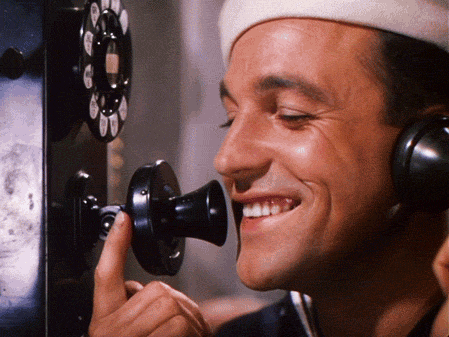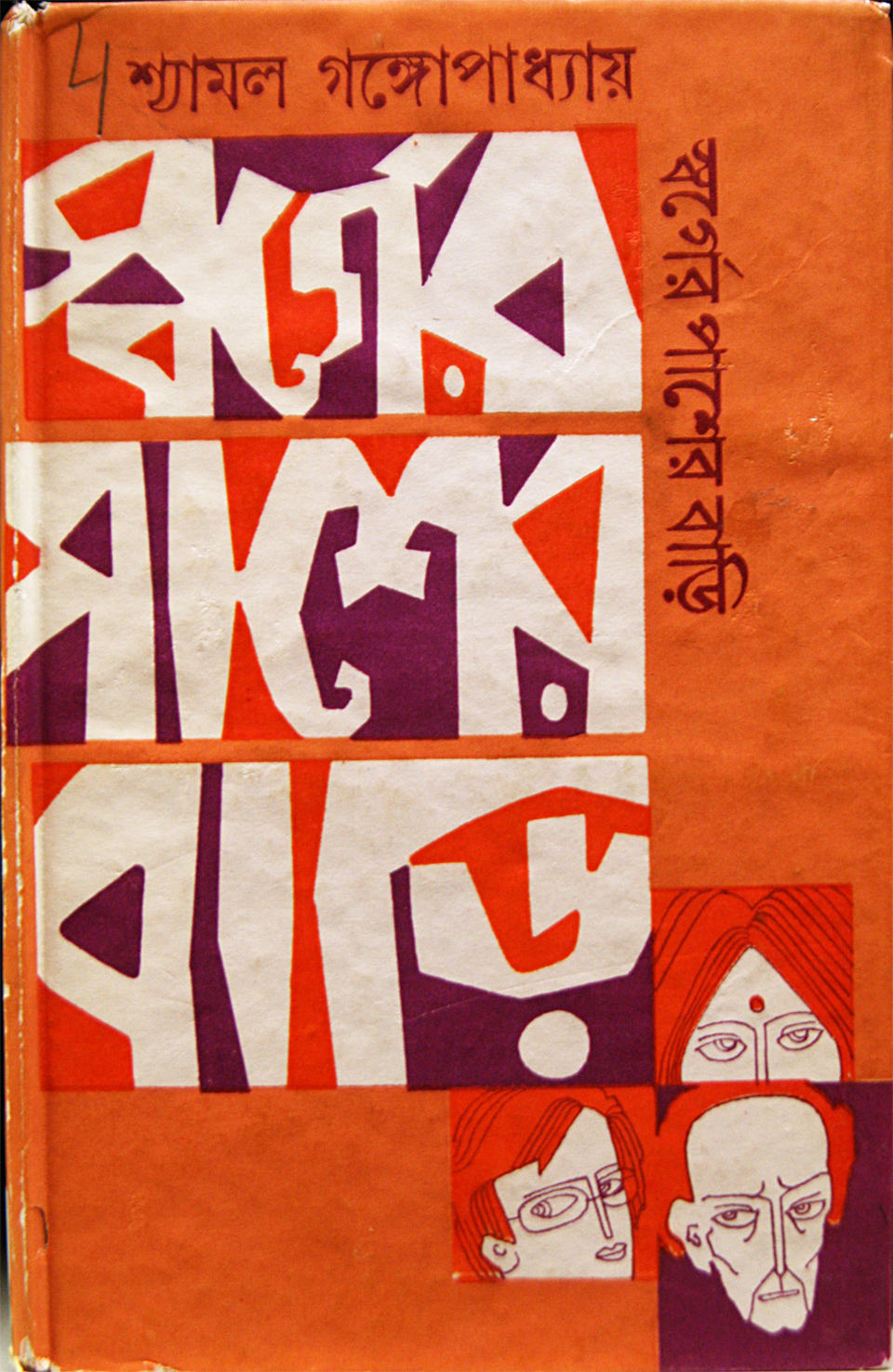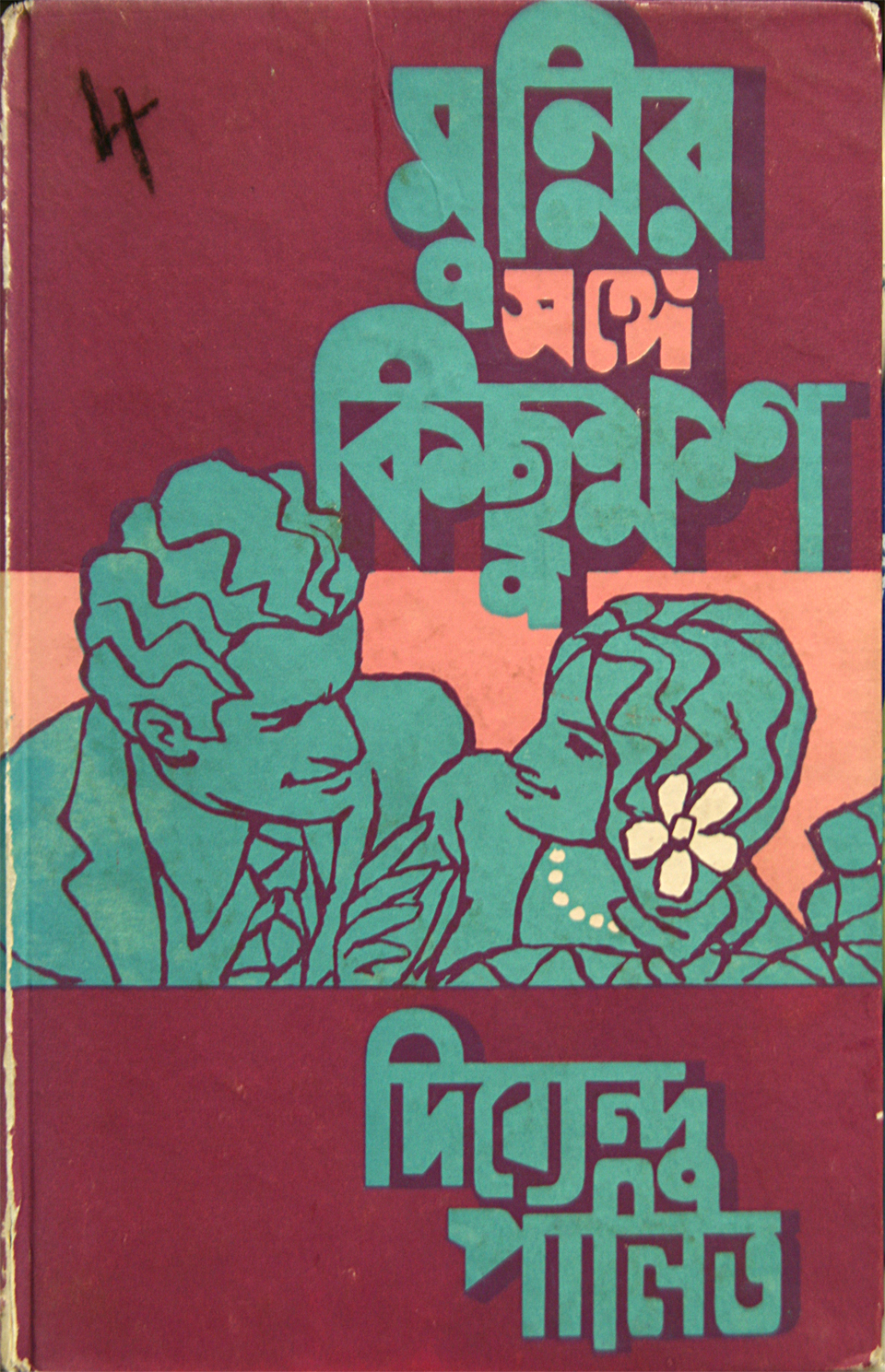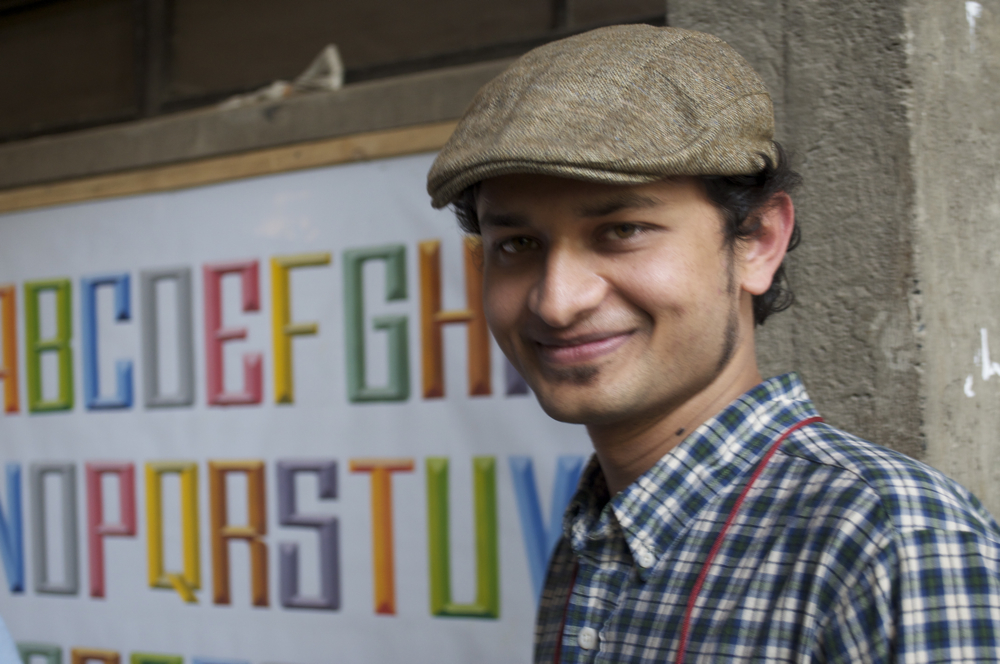After living out of suitcases for the past few months, I finally get to settle down again this month. I was spared the horrors and aggravation of gambling on strangers when some friends of mine in Greenwich let me know that one of them was moving out and freeing up a room, a much better situation — in terms of rent, location, and housemates — than I was facing otherwise. So I’ll be south of the river again, happily reunited with my books and the rest of my clothes. I’ll also be living in a neighborhood where I’ll be within walking distance of decent food and places to hang out, a welcome relief from the general lack of amenities in Leyton. (It was a nice enough two years in a super flat with a super housemate, but sorry, Leyton, as a neighborhood you kinda suck.)

On the whole, Greenwich looks like a great area. There’s the nice bit nearby, with the shops and observatory and the river taxi and the park. In the other direction are trains which will get me up to my studio or down to the office with minimal fuss. Lots of charm and amenities, to say the least. However, the gentleman whose room I’m taking points out an exciting piece of trivia that dwarfs all of that, at least this morning. It seems as if the pharmacy on the corner down from the new place is actually the site of Underhill Studio, where David Bowie developed Ziggy Stardust.
Early in 1971 Bowie was regarded as washed-up, a one-hit wonder. That summer he worked up Hunky Dory, which was a critics’ fave but initially made no impact on the charts. Then around September 1971 he started work on the album that would make his name: The Rise and Fall of Ziggy Stardust and the Spiders From Mars. And Ziggy, the ultimate rock-’n’roll creation, was hatched at Underhill.
Hunky Dory had been put together in the recording studio, without any preparation. Ziggy was the one time when Bowie worked as a proper band, with guitarist Mick Ronson, bassist Trevor Bolder and drummer Woody Woodmansey, taking time to work out the songs beforehand. “It was a bit more rock and roll and we were a rock band,” says Bolder. “So doing that album was more like Oh yeah, we know what to do with this. We rehearsed it, we went in and we played. At Underhill Studios in Greenwich.
— Paul Trynka, Starman: David Bowie – The Definitive Biography
There’s a bit more detail at The Greenwich Phantom, but essentially, yeah — I’ll be buying aspirin at the conceptual birthplace of Ziggy Stardust come next month.

 That dashing young man would one day become one of the FBI’s most-wanted men, but let’s stop for a moment to appreciate a different kind of desirability he once had. That head of hair alone makes me jealous, but you also have to give him props for style. As Esquire says: “the mug shot is a strange amalgam of Jim Stark and Roger Sterling. He’s the rebel with a cause, the real tough from whom the Hollywood toughs were ripping off their style.”
That dashing young man would one day become one of the FBI’s most-wanted men, but let’s stop for a moment to appreciate a different kind of desirability he once had. That head of hair alone makes me jealous, but you also have to give him props for style. As Esquire says: “the mug shot is a strange amalgam of Jim Stark and Roger Sterling. He’s the rebel with a cause, the real tough from whom the Hollywood toughs were ripping off their style.”




